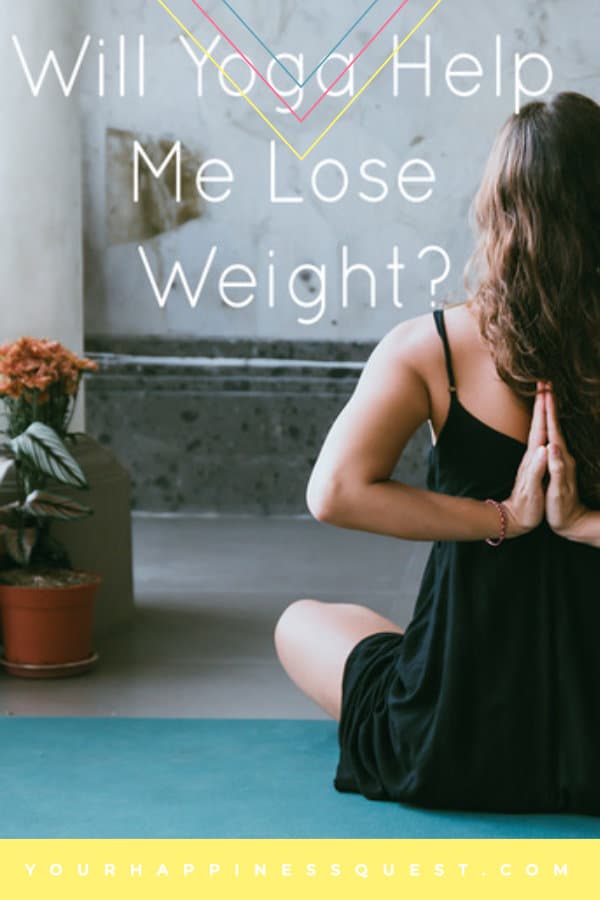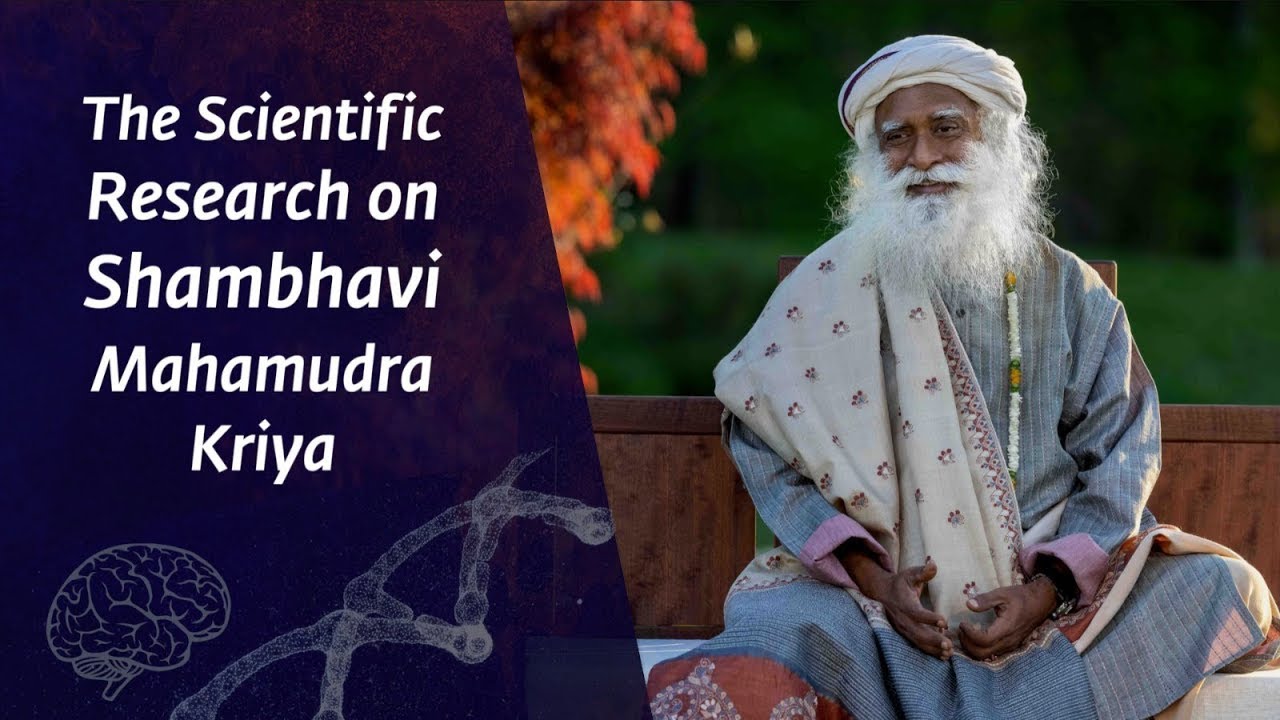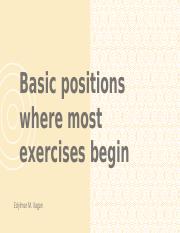
Yoga is a complex discipline that combines physical, mental and spiritual practices. It originated in ancient India. Its primary goal is the control and stillness of the mind and recognition of detached witness-consciousness. Yoga has many benefits but it can be difficult for people to decide if they are right for them. These are some of the most common questions that we will be answering.
Practices
Yoga practices include a variety of postures and breathing techniques. They are designed to improve both the mental and physical health of practitioners. Some of these practices can be more complicated than others. Others are easier to learn, but still aim to help the practitioners improve their flexibility and posture. It doesn't really matter which type you have, but it is important that you select the one that best suits your needs.
Yoga is a holistic lifestyle science, and when practiced properly, it touches every aspect of life. However, yoga is often viewed as just a way to exercise. It can promote injury prevention and body consciousness.
Benefits
Yoga can help you build strength and flexibility, prevent injuries, improve your immune system, and increase your physical health. Yoga is especially beneficial for people who are less flexible as they age. It can increase self-esteem and compassion. Yoga can also help with interpersonal relationships.

Yoga builds muscles and improves posture. Standing poses like Downward-Facing dog will strengthen your quadriceps as well as your hamstrings. Tree Pose's forward-bend strengthens the core and legs. Utkatasana (which strengthens your upperback) is one of the other yoga poses that can improve your position.
Costs
Yoga is a spiritual journey and can be very expensive. A class costs between five and twenty dollars. A membership to a studio can run up to $200 per month. Yoga is most popular among women who are college educated and white. There are many ways to cut costs.
Fixed prices for yoga classes can help lower costs. This is the best choice for people who are not sure how long a class will be. They can estimate the number of hours they will need and multiply this by the hourly rate. This way, they can add value to the experience. This approach is not suitable for every client, especially during difficult economic times.
Safety
Yoga has a lower risk of injury than other fitness and sport activities. It has been shown to have a lower incidence of injuries than soccer, running, and strength training. However, this does not mean that yoga is completely safe. There is always a risk of injury. However, there are steps you can take to protect yourself.
Props used in yoga pose are generally safe. However, it is best to handle them with care. Props must be kept in a secure place when not being used and should never be extended beyond the limits of your body. Props are meant to be used to stretch or strengthen the body.

Styles
There are many styles and types of yoga. Each one focuses on a different area of the body. Some styles are more rhythmic and challenging, while others focus more on flexibility and posture. Pick the style that fits you best. You'll feel more relaxed and lightened as a result.
Ashtanga Yoga is a popular form of yoga. It features sensuous movements combined with the use pleasant music. It is usually practiced in dimly lit rooms and involves deep breathing and closing your eyes. Ashtanga yoga, which focuses on the synchronization between breath and movement, is often associated to the traditional Indian style.
FAQ
Do I need heat before I do yoga?
No. It's not necessary to warm-up before doing a yoga session.
Stretching before you go to the gym can help ease stiff muscles.
What are the health benefits of yoga?
Yoga originated in India and is an ancient form of meditation. As a way to improve mental well-being and physical fitness, it was developed over centuries by Hindu monks. Many people use yoga for relaxation and stress relief. Some believe that yoga helps them build strength and flexibility.
Yoga is great for older adults looking to be active. It improves coordination and balance. It can help you avoid injuries due to falls or other causes.
Yoga is good for your heart because it strengthens your cardiovascular system. If you have diabetes, high blood pressure or are overweight, this is a good option.
Yoga also reduces stress, anxiety, depression, and insomnia. These conditions can cause chronic pain so it is especially important to practice yoga for those with arthritis and/or fibromyalgia.
As you get older, your muscles naturally lose some elasticity. Yoga can keep your muscles flexible and strong. As you get older, you'll notice that yoga increases your energy and stamina.
The National Institute on Aging says that regular yoga has been shown to reduce symptoms of depression, such as fatigue and feelings of hopelessness. The institute also reports that yoga can help lower cholesterol levels and increase bone density.
Yoga can also ease headaches and back problems. Yoga's gentle pace and slow movements make it a great choice for relieving muscle spasms.
How long does it take for you to master yoga?
Yoga is a journey that takes dedication and patience. Learning new things takes everyone at their own pace.
It doesn’t matter how old your age is. If you're willing to put in the effort and work hard, any yoga routine can be achieved.
Are women able to do yoga?
Absolutely! All women are welcome to do yoga, regardless of gender.
There are many types and styles of yoga available for both men & women.
Is it necessary to be flexible in order to practice yoga?
It depends on what kind of yoga you choose. Some styles of yoga require flexibility. Others focus on muscle strength.
Different types of yoga call for different levels and degrees of flexibility. Beginners may need to only stretch their arms overhead. Intermediate practitioners may have to bend forward and touch their feet. Advanced practitioners might need to do deep twists or bends.
Is there a lot of sweating involved in yoga?
The answer depends on the style of yoga you practice. Vinyasa flow yoga (or power yoga) involves a lot jumping, twisting or turning movements. As a result, it's common for people to sweat heavily while practicing.
Hatha yoga, on the other hand, focuses more on forwarding bends or twists. The poses aren’t particularly strenuous so practitioners won’t experience excessive sweating.
Statistics
- According to calorie estimates calculated at Harvard Medical School, the average 125-pound person burns about 120 calories in a half hour of hatha yoga, and a 185-pound person burns about 178 calories in that half hour. (everydayhealth.com)
- The American Psychological Association recently shared that 84% of American adults feel the impact of prolonged stress (5). (healthline.com)
- A 2020 review of 27 studies (1,805 total participants) of yoga interventions in children or adolescents found reductions in anxiety or depression in 70 percent of the studies, with more promising results for anxiety. (nccih.nih.gov)
- Gentle yoga has been shown to ease some of the discomforts of tender, swollen joints for people with arthritis, according to a Johns Hopkins review of 11 recent studies. (hopkinsmedicine.org)
- Lock in 25% off your Founding Member rate. (corepoweryoga.com)
External Links
How To
Where is the best spot to practice yoga?
There's no right or wrong way to practice yoga. Every person has their own style. You just need to identify which positions are most comfortable.
Here are some common poses:
Standing poses – These poses are good for beginners. They allow you to look at your body from different angles. They make it easier to concentrate on your breathing.
Forward bends: Forward bends are used to stretch tight areas. Try them while sitting or lying down.
Backbends: Backbends can be considered advanced poses. Ask your instructor for advice if you're interested in trying it.
Inversions: Inversions are poses where you balance on your side. This type of yoga is challenging, but it can be rewarding.